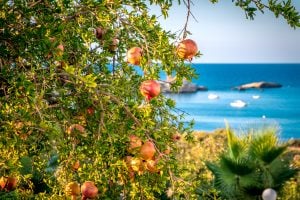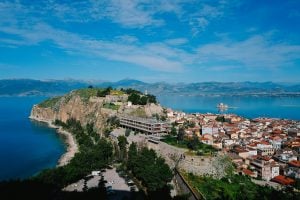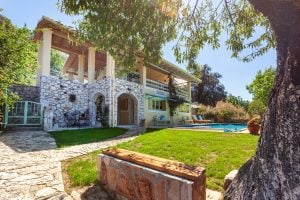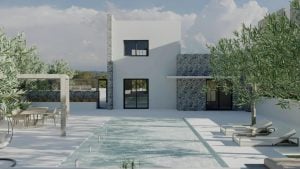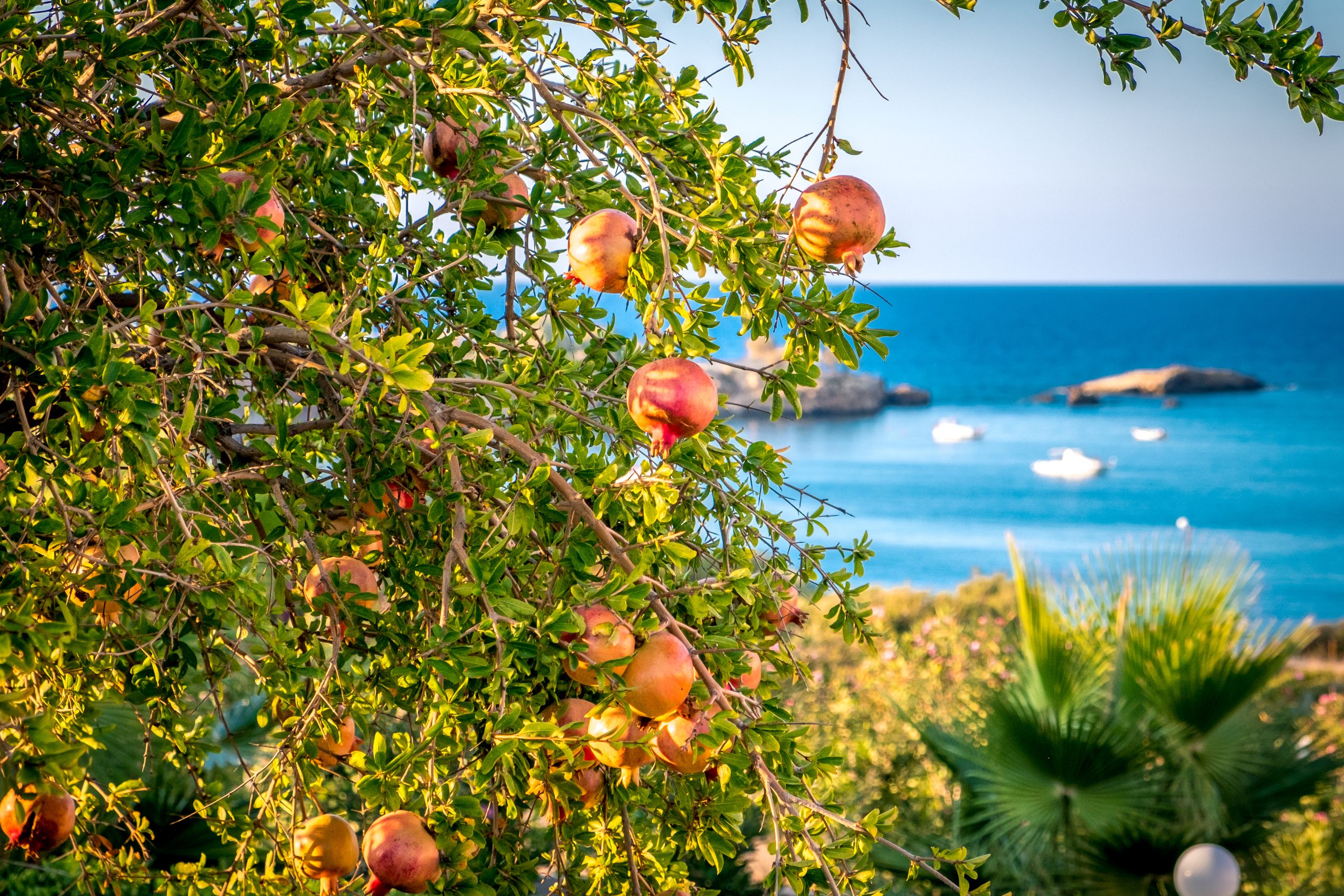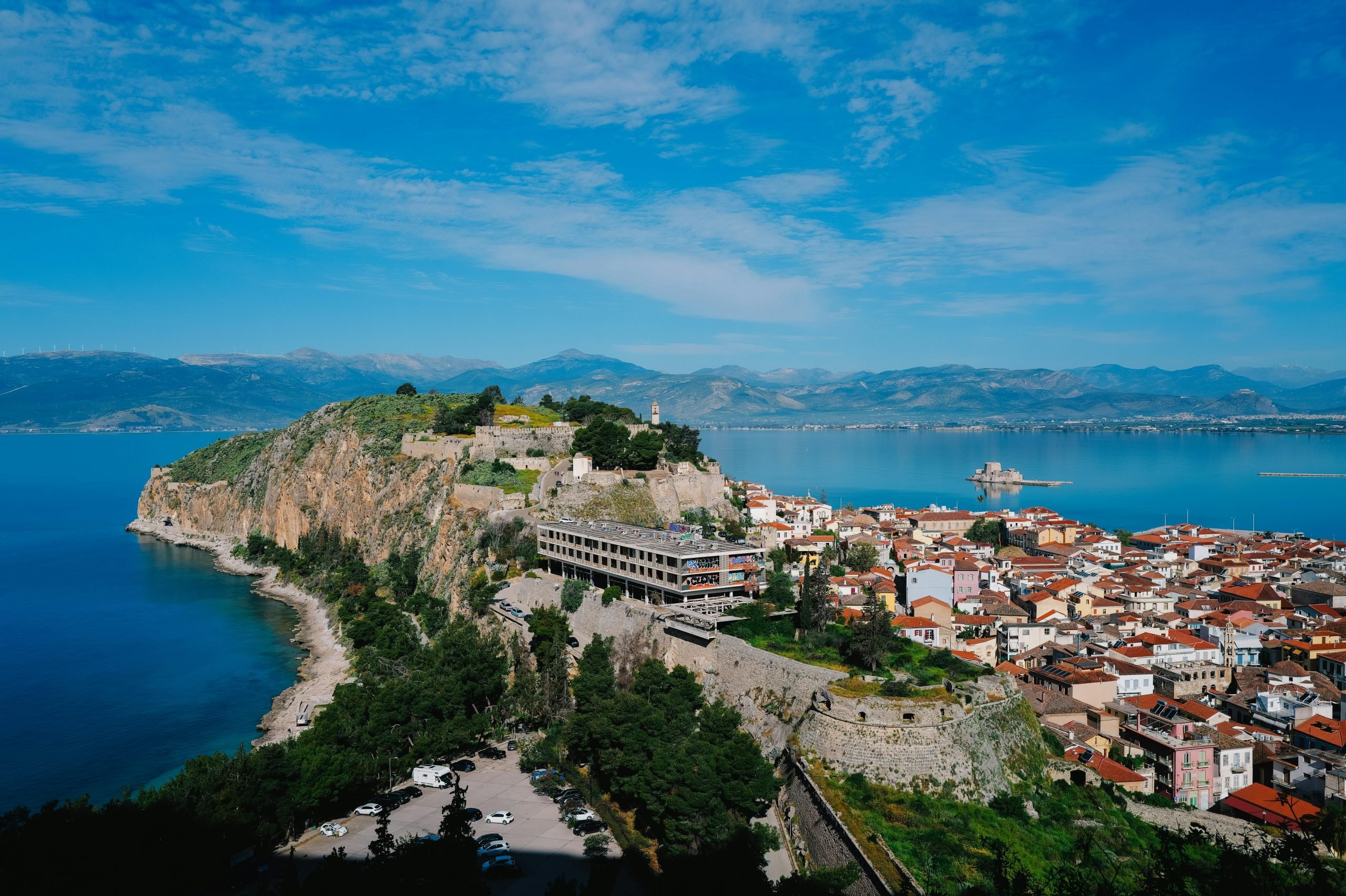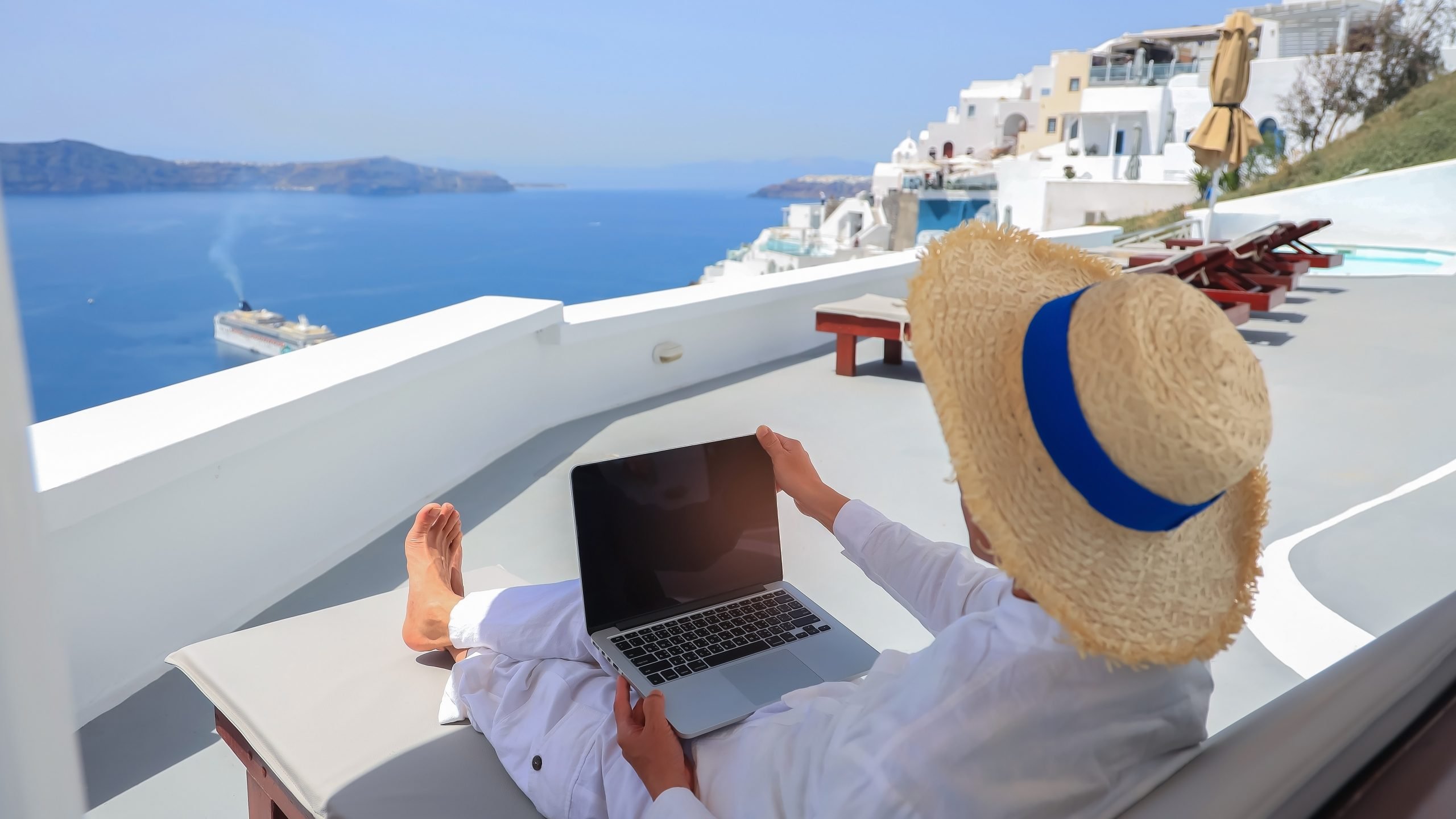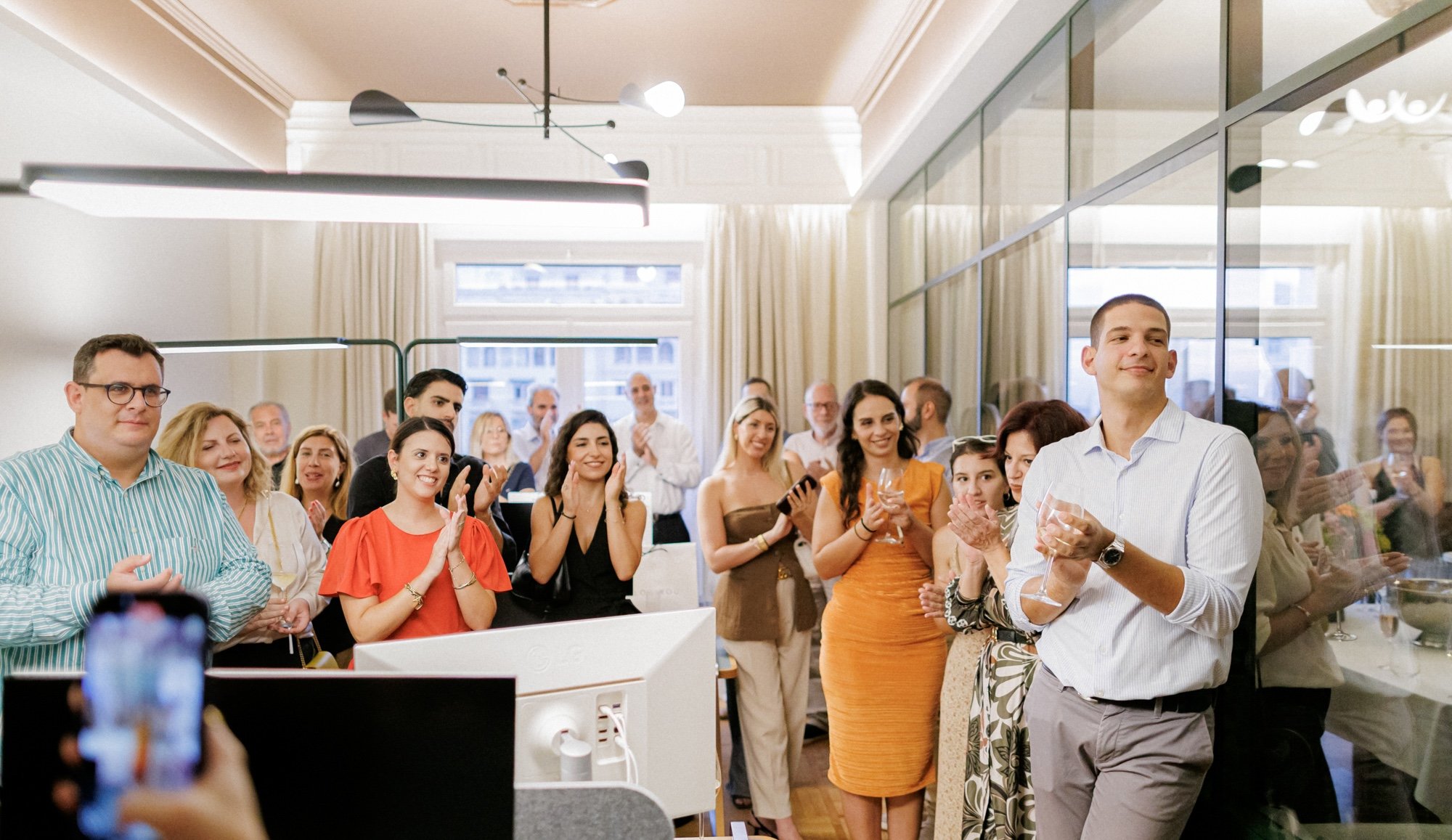Are you searching for a home in Greece and want to make sure it is built sustainably? Do you want to own a home in Greece, while also protecting Greece’s beautiful natural environment? What are the features to look for in homes in Greece to have a positive impact on the environment?

1. Cave Homes
Just a few years ago, newly constructed cave houses (also known as “yposkafo” – or literally “built into the ground”) were only found in the most famous Greek islands, like Santorini. Because the soil there is volcanic and is great for building cave homes, builders could carve into the rock with much success.
This changed in 2012, when a new regulation passed to build up to an extra 50% of the plot’s allowed square meters (as long as it was partly yposkafo). This was a great effort to boost tourism and at the same time to preserve Greece’s beautiful natural terrain.
Cave houses are sustainable because they are more energy efficient and require less cooling and heating. They also blend more naturally with the surrounding environment.

2. Green Roofs
Have you ever considered planting local Greek plants on your roof? This roofing technique is getting more popular for its many benefits. For example, a layer of soil on your roof keeps the hot sun of the Greek summer from hitting the roof directly and heating up the home.
Green roofs can also create a habitat on a space that otherwise would not be used. This means that local birds and small animals may come to visit.
Green roofs add aesthetic value to the building, and because of the trend towards environmental sustainability, buyers may be more likely pay a premium for a home with a green roof.

3. LEED Certification
The first project in Greece to register with LEED — an international award granted to sustainable buildings — was The Stavros Niarchos Foundation Cultural Center, in 2008. The Karela Office Park in Paiania was the first to get certified, getting Gold status in 2013.
Today in Greece, over 100 projects are registered with LEED. 47 are certified, and eight have Platinum status.
In Greece, LEED certification is not just an environmental decision, but also a business decision. Building green, according to a World Green Building Trends report, can give overall savings for the first 12 months of operation of 10.5% and 16.9% for the first five years.”

4. Building With Local Materials
Greeks have always been good at using what is naturally available in the Greek countryside, without importing building materials from other countries.
Building with Marble
Even back to the Roman days, Greece was known for its beautiful marble. Green and red marble came from the Peloponnese, grey marble from Evia, and black marble from Chios. Green marble could also be found in Skyros and Tinos, and Thasos has a nice white marble. One of the most famous marbles in Greece is Pentelic marble, found in the mountains near to Athens.
Below is an example from K-studio of a home in Mykonos, where floors, bathrooms, and bedroom tables were constructed with Greek marble.

Building with Stone
Greece is also great at using local stone. In the Mastorochoria (stonemason villages) in northern Greece, you will find traditional stone buildings historically made with local stone.
These stone-built houses were (and still are) favoured initially for functional reasons. They were easily heated in the colder months, while the thick stone walls kept them cool during the warm season.
Many of the stone-built houses found nowadays in northern Greece are products of these master masons and are still inhabited. Moreover, the tradition of building with stone is a craft that is still very much alive, not only in northern Greece, but also in the Peloponnese, Pelion, and Crete.
Using local materials is not only good for the environment (when compared to importing materials from another country) but it also helps a home to blend in with the surrounding landscape.

5. Renovating Historic Buildings
Just keeping old buildings requires energy and leads to carbon emissions. In fact, if you demolish an existing building to construct a new one, it can take up to 80 years to make up for the energy impacts. It is in many cases better for the environment to remodel old buildings. Greece is especially good at reusing its historic buildings which are out of use.
Renovating Historic Windmills
The Windmill Kimolos Hotel is on the tiny volcanic island of Kimolos and is one of the few traditionally restored windmills in Greece.
The windmill of Kimolos was first built in 1852 and operated normally for many years. After two years, two flats were built inside and farm animals lived inside. The windmill operated until 1930, and was known by many locals as “O Mylos tou Giatrou” or “The Doctors’ Windmill” because for two generations, a family of doctors lived there.
Recently, the Windmill was renovated and turned into a hotel, where you can stay today.

Renovating Historic Tower Homes
Deep in the Peloponnese, you will find the town of Vathia — a picturesque fortified village where each home is built like a mini-castle. The so-called “Tower Homes” are built close to one another in a defensive arrangement. Many of these towers were built in the 18th and 19th centuries to protect against Ottomans, pirates, and other attackers.
Several of these towers are now out of use. Some locals have found a way to save them with restorations.
In the converted tower now known as “Dandy Villas”, you will enter to a living room with the traditional spaces once used by families who lived inside. You will first see the fireplace and so-called “photo corner” where families cooked their food.
You will be forced to go through the low opening of the corridors, which were once built this way to make it hard for visitors to enter. You will also find modern comforts like a jacuzzi and a small pond outside, which create a blend between the old and the new.
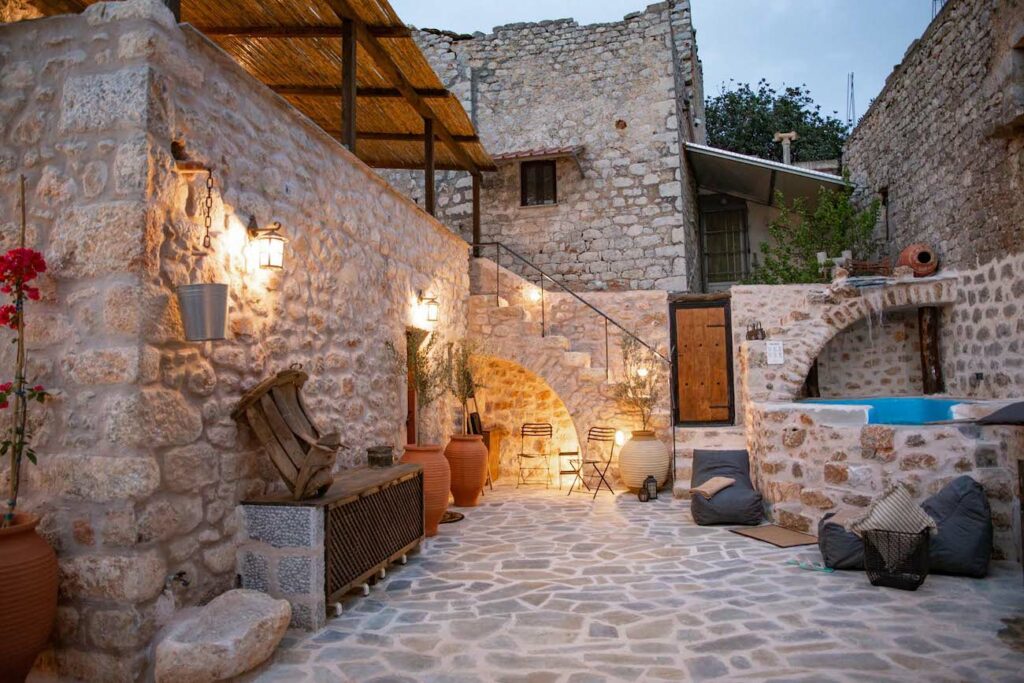
How Else Can I Make My Home in Greece Eco-Friendly?
Besides the type of home you buy in Greece, there are also other ways to make your home in Greece more eco-friendly. Read about five other eco-friendly changes you can make to your home in Greece here.

